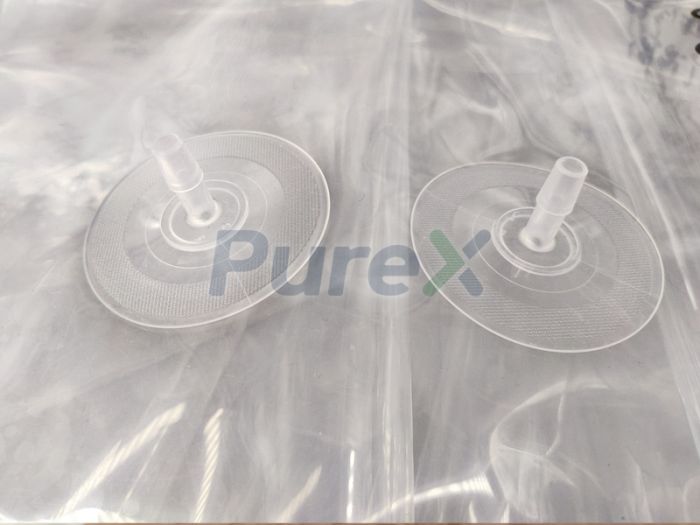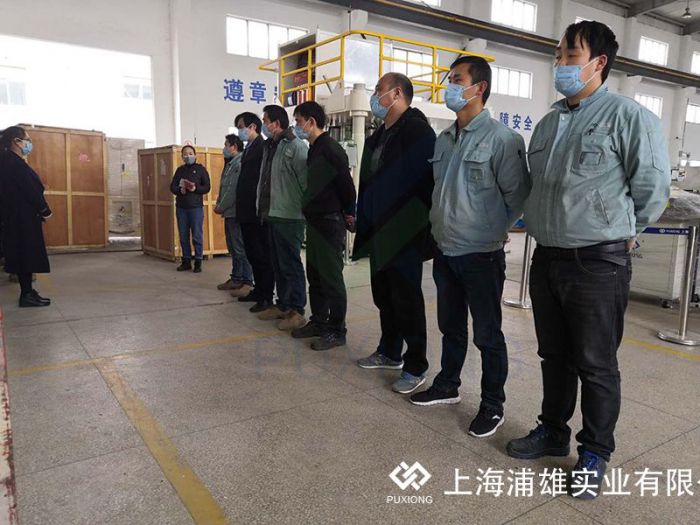Detailed Explanation of the High-frequency Heat Sealing Production Process of Medical Heating Blankets
The high-frequency heat sealing production process for medical warming blankets mainly includes the following key stages:
-
Material Preparation
Medical warming blankets typically use non-woven fabric and PE film as primary materials. Material selection must consider thermal insulation performance, softness, and breathability to ensure comfort and effectiveness. -
High-Frequency Heat Sealing Equipment
High-frequency heat sealing machines are core equipment for production. They utilize high-frequency electromagnetic fields to polarize material molecules and generate heat, enabling material fusion under mold pressure. These machines are usually equipped with PLC human-machine interface controls, allowing parameter adjustments via touchscreens to enhance operational reliability. -
Mold Design and Installation
Molds are custom-designed based on the warming blanket’s shape and dimensions. Typically made of copper or aluminum for superior conductivity and heat transfer. During installation, horizontal alignment between upper and lower molds must be ensured to prevent sealing defects. -
Parameter Setup and Debugging
Key parameters such as current, pressure, temperature, and duration must be optimized according to material properties and product specifications. During initial debugging, current should be gradually increased to avoid sparking. -
Heat Sealing Operation
Materials are laid flat on the machine’s worktable, and the high-frequency heat sealing process is activated. Operators must monitor current meters and sealing quality closely, adjusting parameters as needed. -
Quality Inspection
Post-sealing checks include evaluating bond strength, airtightness, and overall appearance at sealed areas. Products passing inspection proceed to subsequent stages. -
Post-Processing and Packaging
Approved blankets may undergo additional steps like cutting or sewing to meet specific requirements. Final packaging ensures hygiene and safety during storage and transportation.



